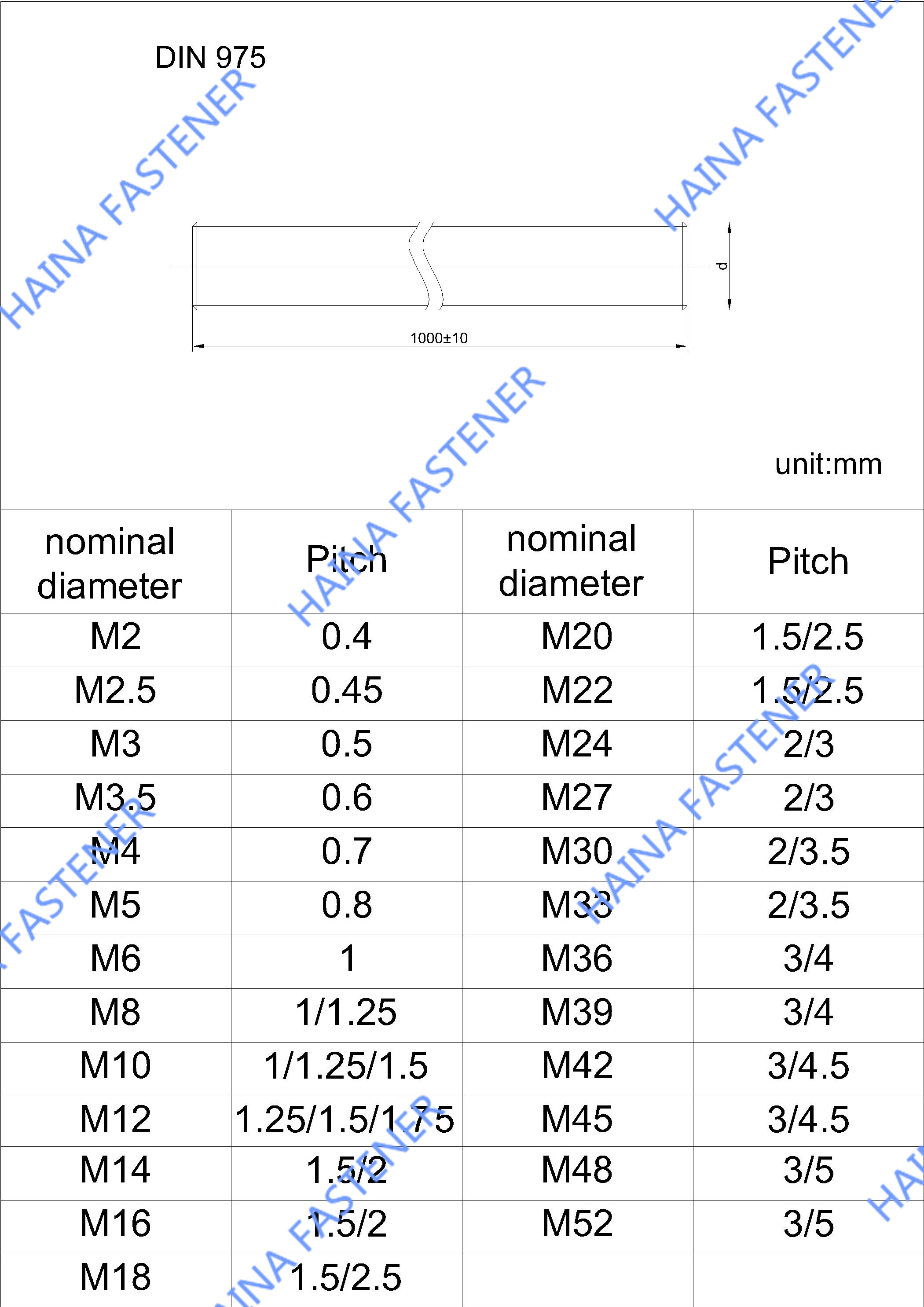- All
- Product Name
- Product Keyword
- Product Model
- Product Summary
- Product Description
- Multi Field Search
| Availability: | |
|---|---|
| Quantity: | |
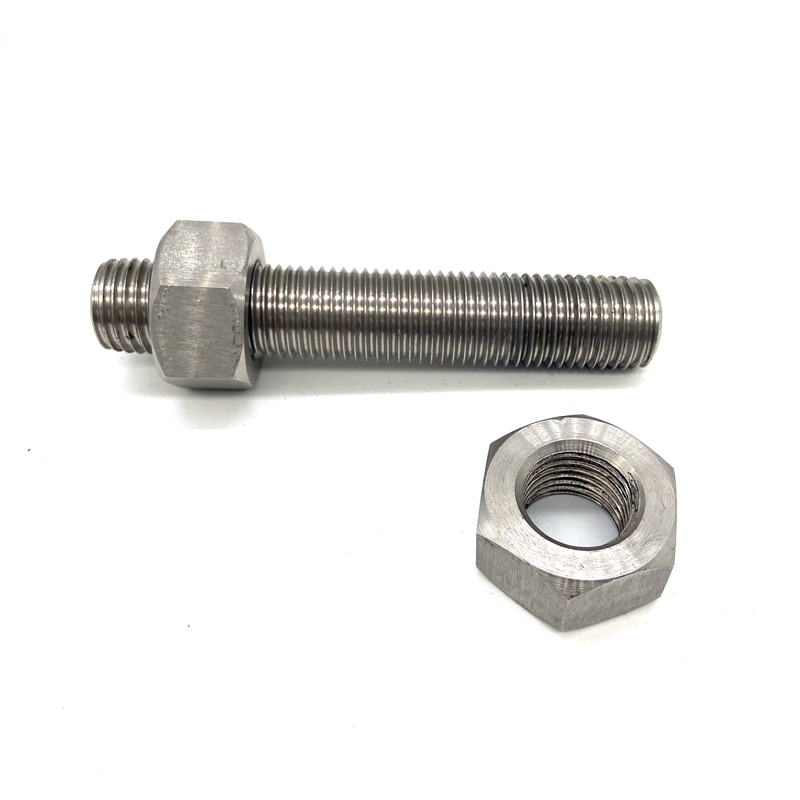
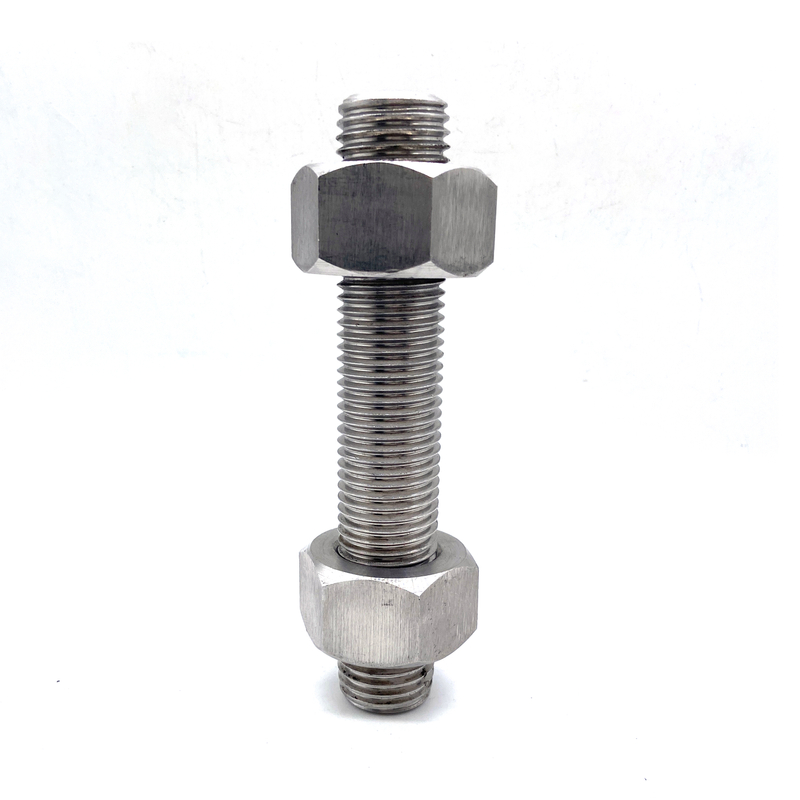
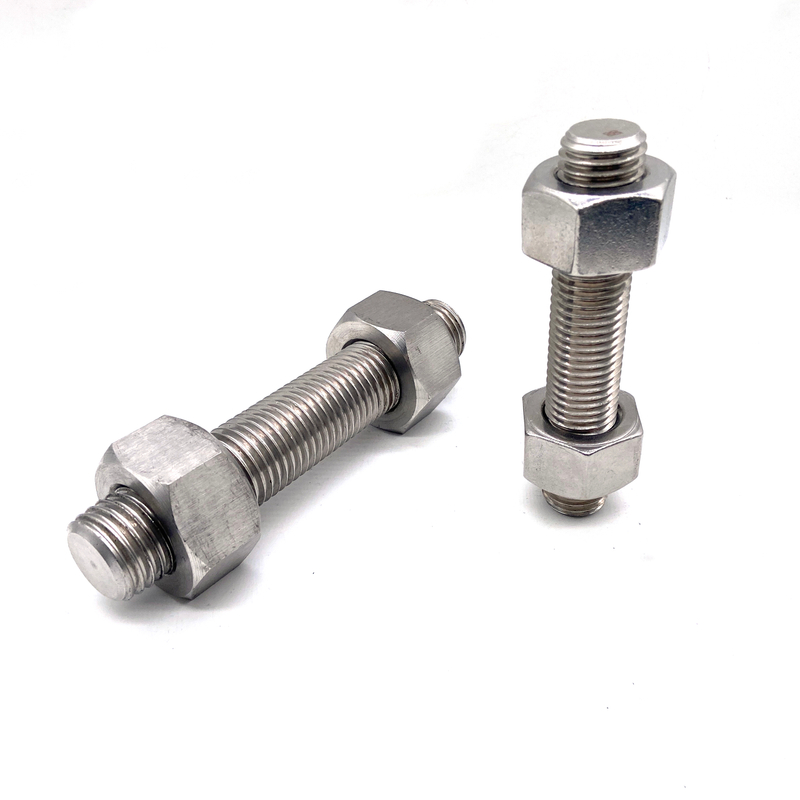
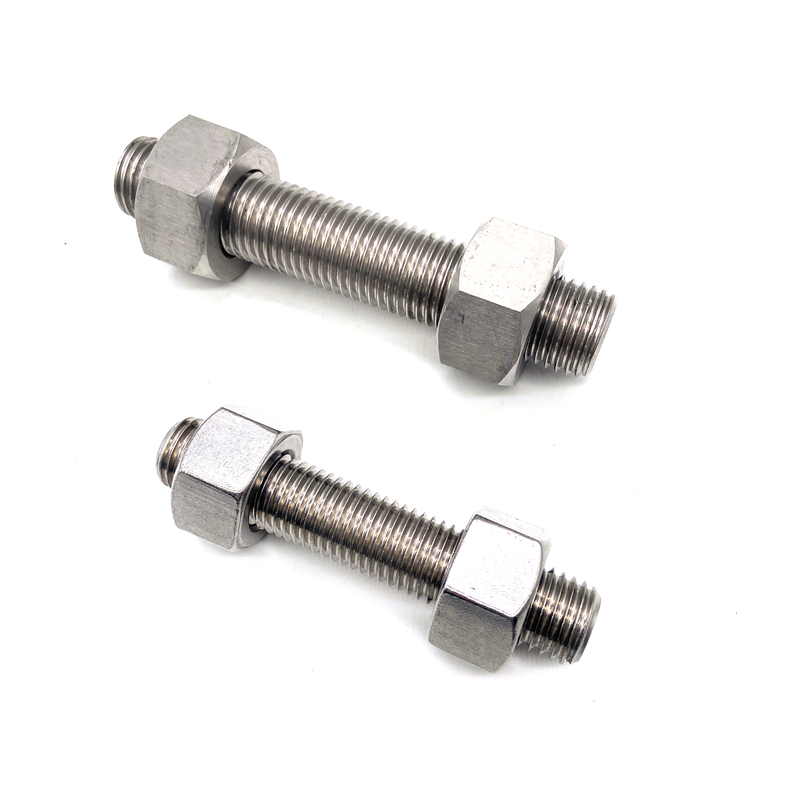
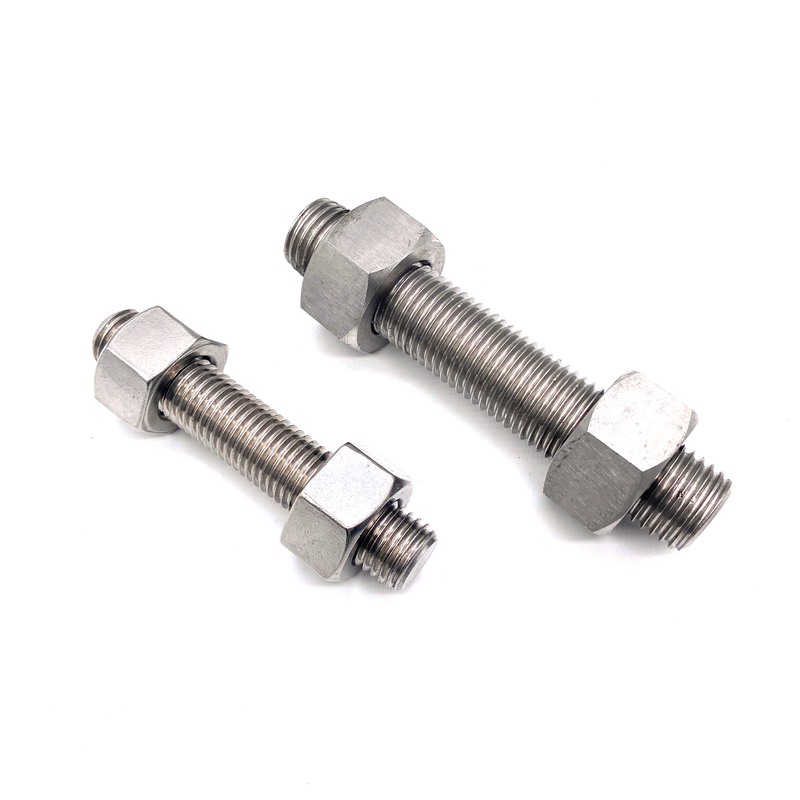
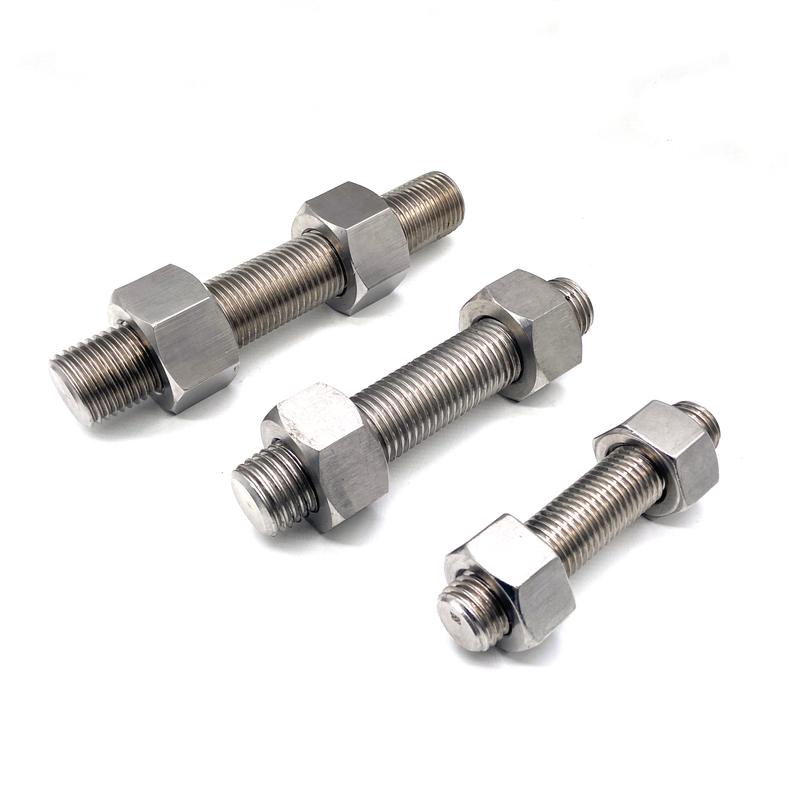
HNF
HNF2024121807
Threaded rod, also known as screw rod or lead screw, is a cylindrical fastener with external threads. Its threads are distributed along the axial direction of the rod body, and its function is to achieve functions such as connection, tightening and adjustment by cooperating with the nut. The size of the threaded rod is mainly measured by diameter, length and thread specification.
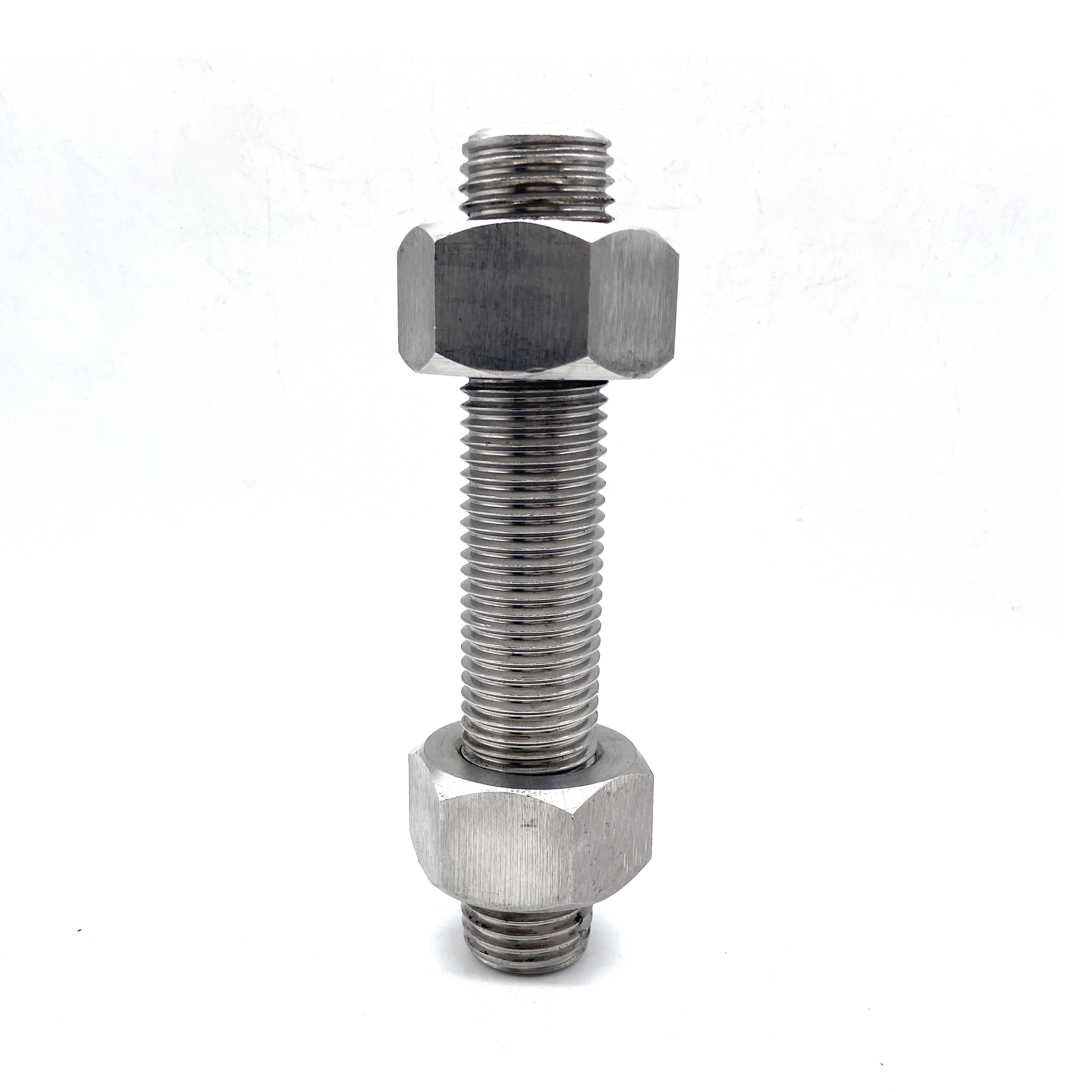
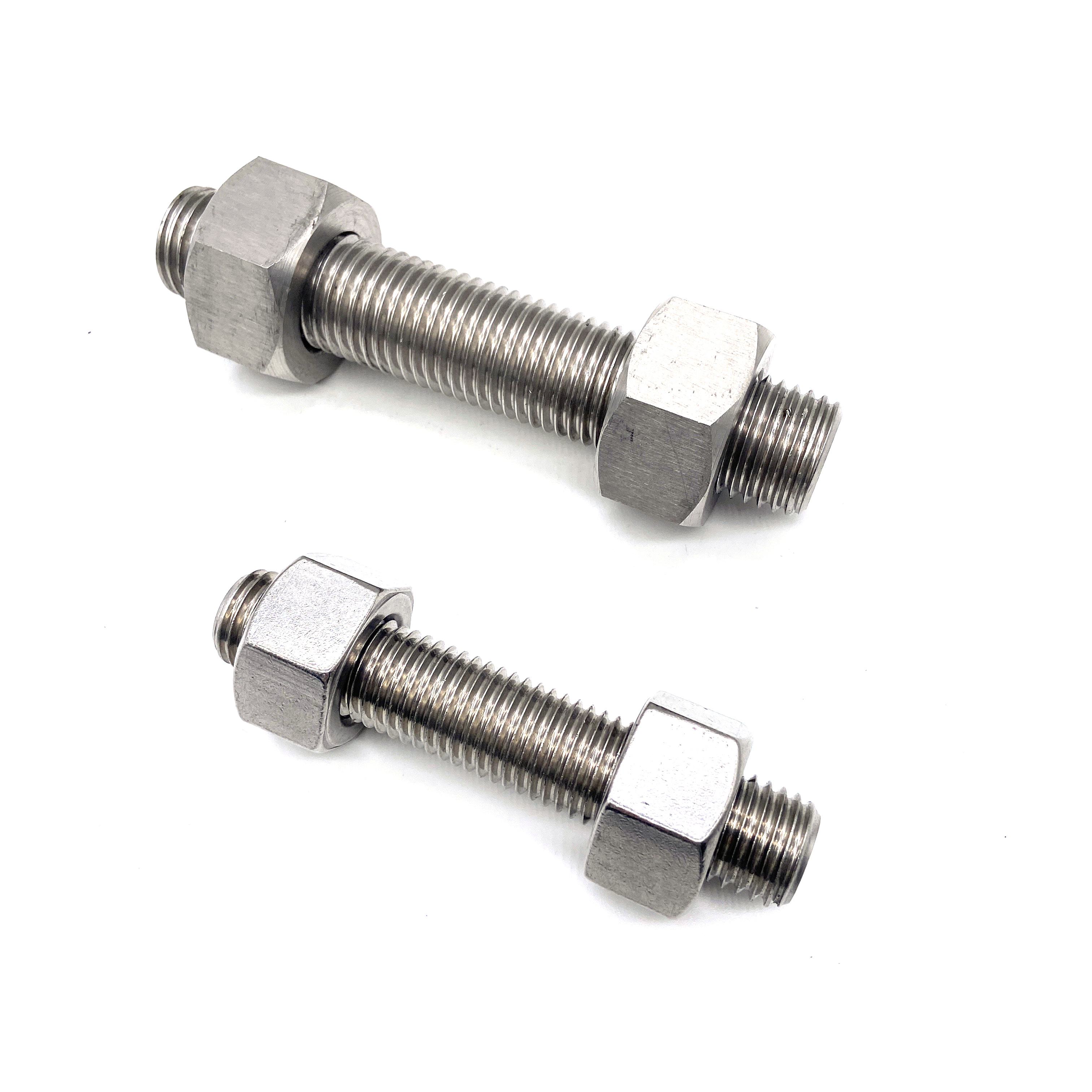
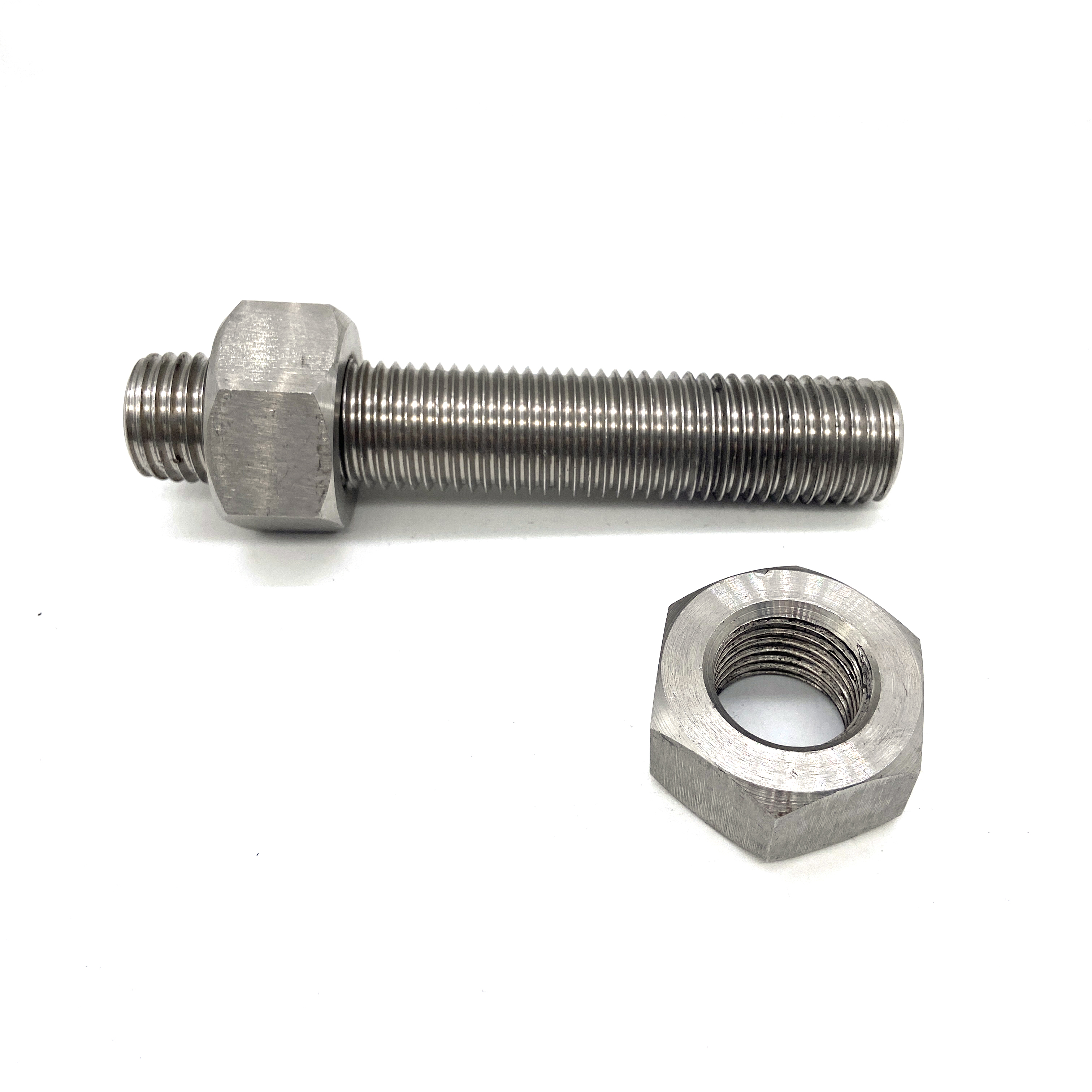
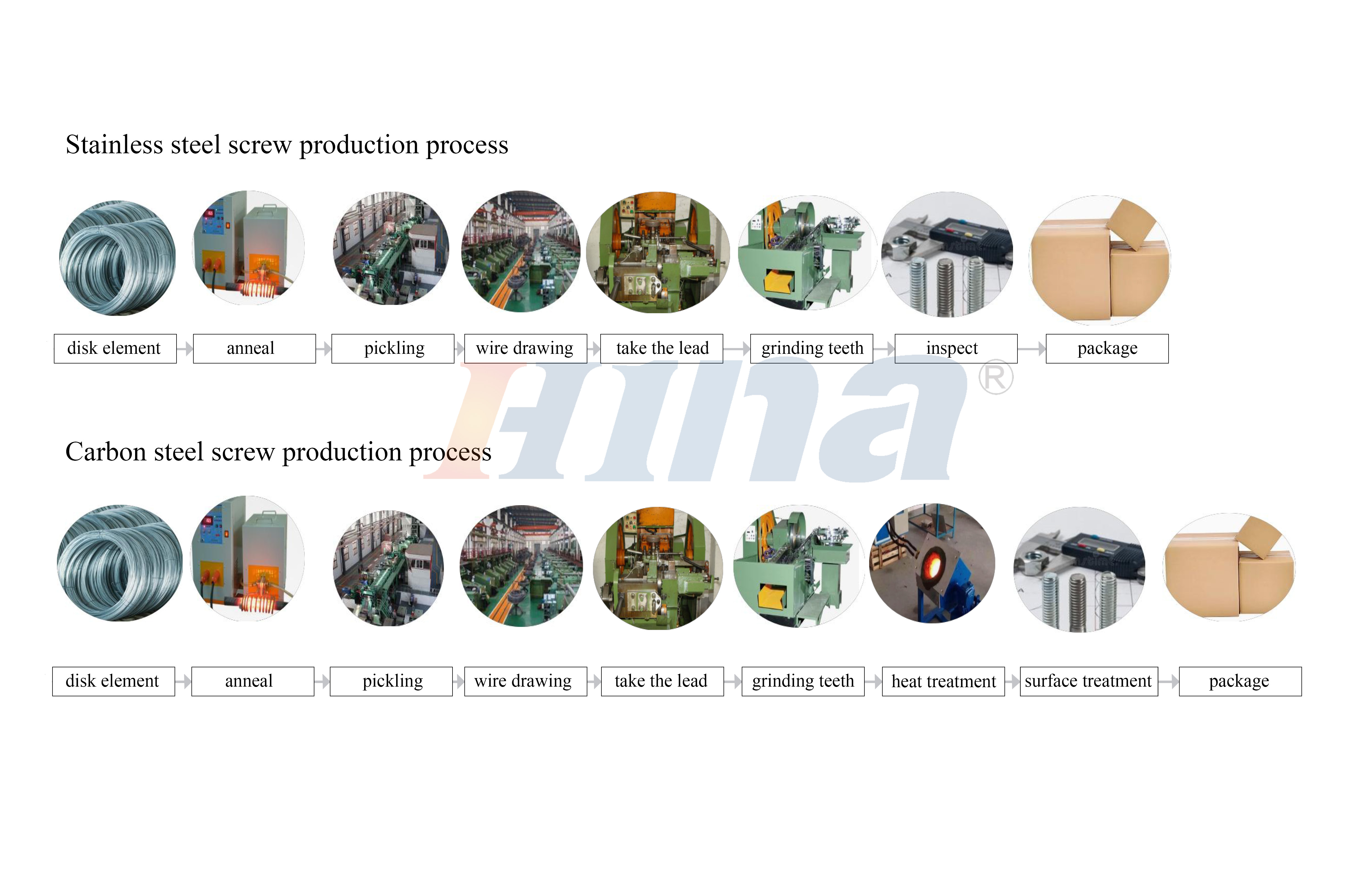
In the construction field, tooth bars can be used to fix formwork, install steel structure frames, etc. For example, when building scaffolding, the tooth bars and nuts can be used to firmly connect the various parts of the scaffolding. In mechanical manufacturing, tooth bars are used to connect the various parts of the machine. For example, in the assembly of the engine, the positions of various parts can be accurately fixed by tooth bars and nuts, and they are convenient for adjustment and disassembly and maintenance. In furniture manufacturing, tooth bars can also be used to connect the frame part of furniture to enhance the stability of furniture.
Professional Manufacturer : All of our Fastener are designed and manufactured according to buyers'specification and performance.
Quality is guaranteed : Durability testing and critical technical design to enhance fasteners lifetime.
Cost effective : Wide range of parts selection , Competitive prices with professional factory supply.
Customized ideal Fasteners : customized services according to the samples and drawing offered.
Certification
Through scientific management, Jiaxing Haina fastener Ltd company has been obtained ISO9000 certificate of Quality Managerment System, SGS and BV international certificate system of Make in China.

What is the difference between a stud and a threaded rod?
The main difference between studs and threaded rods is their length and purpose. Studs are usually shorter and have threads at both ends, with no threads or only a small amount of threads in the middle. They are used for double-sided fixing, such as the connection between flanges and mechanical parts. Threaded rods are threaded throughout and have a longer length. They can be cut as needed and are widely used in construction, installation, and maintenance for fixing, tightening, or structural reinforcement. Studs are suitable for precision connections, while threaded rods are more flexible and suitable for general fixing.
What is the size of a thread rod?
Threaded rods come in various sizes, typically ranging from #4-40 (smallest) to 4 inches or more in diameter, and lengths from 1 foot to 12 feet or longer, depending on the application and standard.
Is threaded rod as strong as a bolt?
Threaded rods are generally not as strong as bolts because bolts often have heads and are made to specific grades for strength, while threaded rods may not meet the same strength standards unless specified as high-grade.
Threaded rod, also known as screw rod or lead screw, is a cylindrical fastener with external threads. Its threads are distributed along the axial direction of the rod body, and its function is to achieve functions such as connection, tightening and adjustment by cooperating with the nut. The size of the threaded rod is mainly measured by diameter, length and thread specification.




In the construction field, tooth bars can be used to fix formwork, install steel structure frames, etc. For example, when building scaffolding, the tooth bars and nuts can be used to firmly connect the various parts of the scaffolding. In mechanical manufacturing, tooth bars are used to connect the various parts of the machine. For example, in the assembly of the engine, the positions of various parts can be accurately fixed by tooth bars and nuts, and they are convenient for adjustment and disassembly and maintenance. In furniture manufacturing, tooth bars can also be used to connect the frame part of furniture to enhance the stability of furniture.
Professional Manufacturer : All of our Fastener are designed and manufactured according to buyers'specification and performance.
Quality is guaranteed : Durability testing and critical technical design to enhance fasteners lifetime.
Cost effective : Wide range of parts selection , Competitive prices with professional factory supply.
Customized ideal Fasteners : customized services according to the samples and drawing offered.
Certification
Through scientific management, Jiaxing Haina fastener Ltd company has been obtained ISO9000 certificate of Quality Managerment System, SGS and BV international certificate system of Make in China.

What is the difference between a stud and a threaded rod?
The main difference between studs and threaded rods is their length and purpose. Studs are usually shorter and have threads at both ends, with no threads or only a small amount of threads in the middle. They are used for double-sided fixing, such as the connection between flanges and mechanical parts. Threaded rods are threaded throughout and have a longer length. They can be cut as needed and are widely used in construction, installation, and maintenance for fixing, tightening, or structural reinforcement. Studs are suitable for precision connections, while threaded rods are more flexible and suitable for general fixing.
What is the size of a thread rod?
Threaded rods come in various sizes, typically ranging from #4-40 (smallest) to 4 inches or more in diameter, and lengths from 1 foot to 12 feet or longer, depending on the application and standard.
Is threaded rod as strong as a bolt?
Threaded rods are generally not as strong as bolts because bolts often have heads and are made to specific grades for strength, while threaded rods may not meet the same strength standards unless specified as high-grade.
